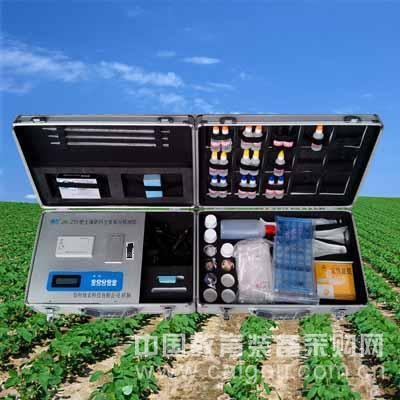Analyze the principle and method of analysis of the five elements
The five elements are specifically five elements of carbon, sulfur, silicon, phosphorus and manganese in steel. Elemental analysis is used to identify which elements (or ions) a test substance consists of. This type of method is called qualitative analysis; it is used to determine the relationship between the various components (various chemical components) (usually expressed as a percentage). , called quantitative analysis. The chemical analysis methods used in the analysis of the five major elements of matter can be divided into two types: classical chemical analysis and instrumental analysis. The former basically uses chemical methods to achieve the purpose of analysis. The latter mainly uses chemical and physical methods (especially the physical methods used in the final measurement stage) to obtain the results. Some of these methods require the application of more complex specific instruments. . It is developing rapidly, and most of the analysis work is done by instrumental analysis, but the classical chemical analysis method still has important significance. Some large precision instruments measure relative values, and the standard reference materials required for calibration and calibration of the five elemental analytical instruments are generally determined by accurate classical chemical analysis methods. Therefore, instrumental analysis and chemical analysis are complementary, and it is difficult to completely replace the other with one method. Classical chemical analysis instruments are based on the unique chemical properties of various elements and their compounds, using chemical reactions associated with them to qualitatively or quantitatively analyze substances. Quantitative chemical analysis can be divided into gravimetric analysis, titration analysis and gas volume method according to the final measurement method. The chemistry of the method is described below. 1. Gravimetric analysis method: The test component is converted into a chemical compound or a simple substance separated from other components in the sample, and then the content of the component is determined by a weighing method. 2. Titration analysis method: a reagent solution (standard solution) with a known accurate concentration is added to the solution of the test substance until the added reagent and the test substance are quantitatively and quantitatively reacted, and the chemical analysis instrument is used according to the use. The volume and concentration of the reagent solution are used to calculate the content of the substance to be tested. 3. Gas volume method: The amount of the substance to be tested is calculated by measuring the volume of the gas to be measured (or converting the substance to be tested into a gas form) to be absorbed (or generated). This method uses a balance burette and a gas pipe as the final measurement means. When measuring the total carbon content in metal materials such as steel by this method, the sample should be heated in a high temperature furnace and oxidized by oxygen to combine carbon and oxygen into carbon dioxide, and the mixed gas of carbon dioxide and oxygen is collected in the gas pipe. Then, the carbon dioxide is absorbed by potassium hydroxide, and the difference between the volume before and after absorption is the volume of carbon dioxide, and the carbon-sulfur detector measures the carbon content. dinnerware,tableware,bowl,plate,mug Shantou Yicheng Trading Co.,Ltd , https://www.shantouyicheng.com